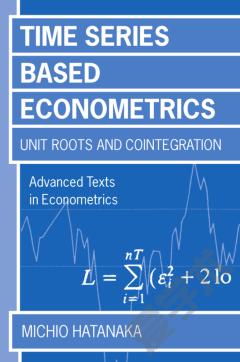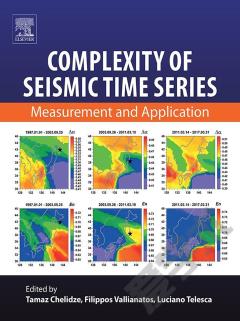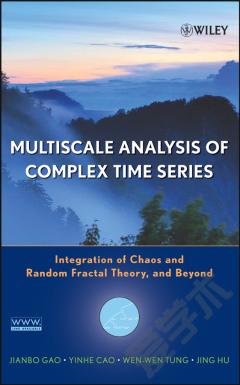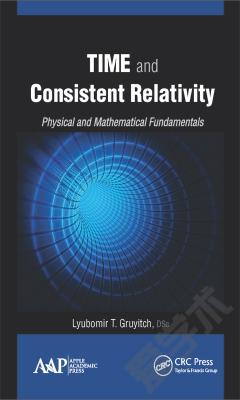Time-Series-Based Econometrics —— Unit Roots and Co-integrations
----- 基于时间序列的计量经济学:单位根和共同整合
In the last decade, time-series econometrics has made extraordinary developments on unit roots and cointegration. However, this progress has taken divergent directions, and has been subjected to criticism from outside the field. In this book, Professor Hatanaka surveys the field, examines those portions that are useful for macroeconomics, and responds to the criticism. His survey of the literature covers not only econometric methods, but also the application of these methods to macroeconomic studies. The most vigorous criticism has been that unit roots to do not exist in macroeconomic variables, and thus that cointegration analysis is irrelevant to macroeconomics. The judgement of this book is that unit roots are present in macroeconomic variables when we consider periods of 20 to 40 years, but that the critics may be right when periods of 100 years are considered. Fortunately, most of the time series data used for macroeconomic studies cover fall within the shorter time span. Among the numerous methods for unit roots and cointegration, those useful from macroeconomic studies are examined and explained in detail, without overburdening the reader with unnecessary mathematics. Other, less applicable methods are dicussed briefly, and their weaknesses are exposed. Hatanaka has rigourously based his judgements about usefulness on whether the inference is appropriate for the length of the data sets available, and also on whether a proper inference can be made on the sort of propositions that macroeconomists wish to test. This book highlights the relations between cointegration and economic theories, and presents cointegrated regression as a revolution in econometric methods. Its analysis is of relevance to academic and professional or applied econometricians. Step-by-step explanations of concepts and techniques make the book a self-contained text for graduate students.
{{comment.content}}








 京公网安备 11010802027623号
京公网安备 11010802027623号